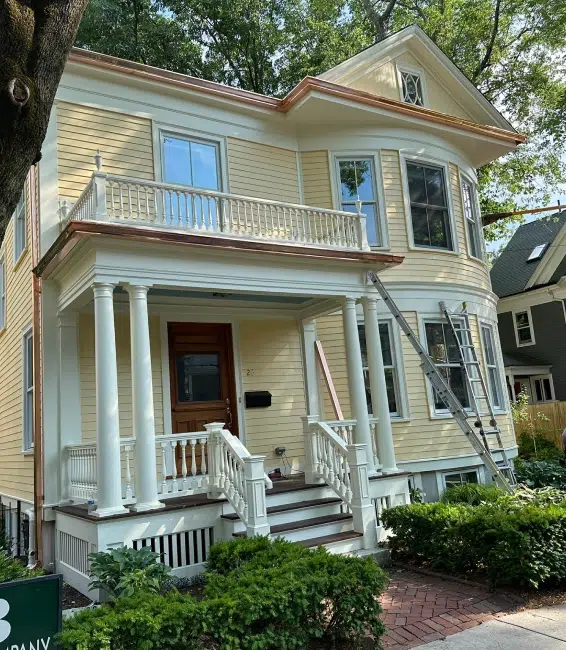Not only is your roof a focal point of your home, but it is also the protection from the weather elements that keep you safe inside. However, countless mistakes can happen when you’re fixing your roof by yourself or having inexperienced roofers work on your home. Here’s how to avoid these common roofing mistakes to ensure that you and your home are safe.
Reusing Old Flashing
Flashing is the main fixture on your roof that prevents moisture from getting into critical places of your home like the chimney or air vents. Unprofessional roofers can sometimes cut corners and reuse old flashing when they should, in fact, be replaced with new ones when fixing or replacing your roof.
Covering Shingles Instead of Replacing
The correct way to fix or modify a roof is to pull up all the shingles and replace them with new ones. However, many contractors will attempt to overlay new shingles on top of old ones. This is actually just creating more places for your roof to collect moisture, dirt, and mold. Covering old shingles will decrease the lifespan of your roof, and ultimately result in more issues over time.
Placing Nails in the Wrong Location
It’s crucial that nails are placed in the correct location when fixing shingles on your roof. If nails are placed incorrectly, it can severely impact the structural integrity of your roof. Nail heads should not be exposed, and instead should be covered with the top layer of shingles. If they are not appropriately covered, they can rust and corrode, breaking down the shingles and the roof.
Incorrect Overhang
While shingles hanging over the side of your home can create a certain aesthetic appeal, if done incorrectly, shingle overhang can result in additional problems. For example, if improperly done, wind can get under shingles and result in damage to the roof.
All these potential mistakes highlight the reason why it’s so important to hire a professional when looking to complete roofing work. A licensed and insured roofer knows how to address these problems correctly, so there is no mistake made, and your roof is back to brand new. Ensure that your contractor does not make these common mistakes, and is educated enough to avoid them.










